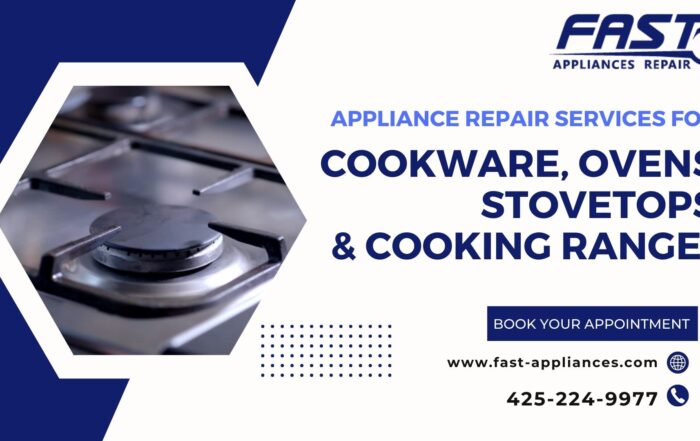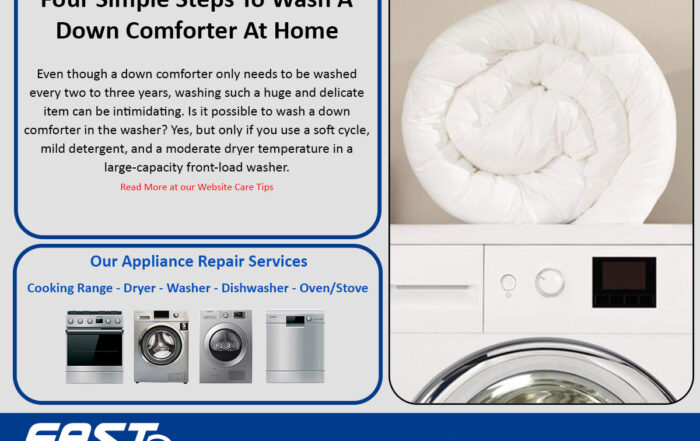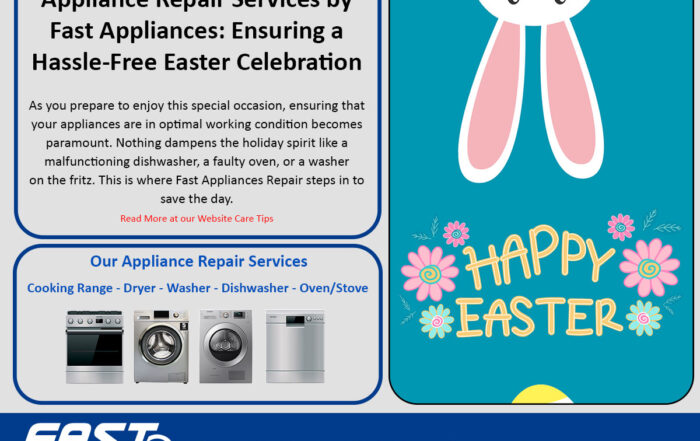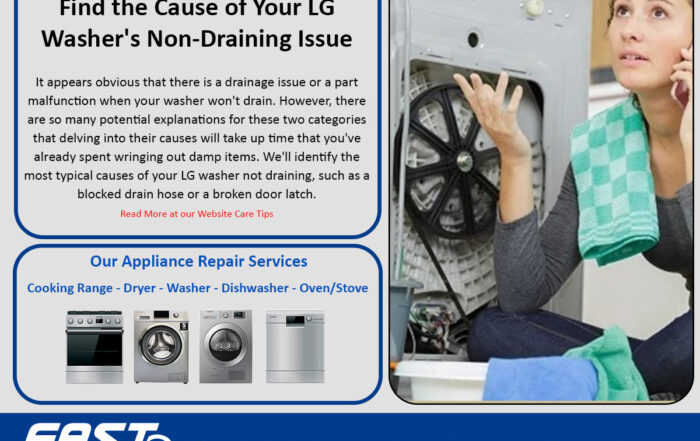General tips for home appliances
- Research before buying: Take the time to research the different brands and models of appliances you’re interested in. Read reviews from other customers and compare prices to find the best deals.
- Consider energy efficiency: Look for appliances with an Energy Star rating, which means they meet energy efficiency guidelines set by the US Environmental Protection Agency (EPA). Energy-efficient appliances can help you save money on your utility bills in the long run.
- Check for warranties: Before purchasing an appliance, check the manufacturer’s warranty. Most appliances come with a one-year warranty, but some may offer longer warranties or extended coverage for an additional cost.
- Measure your space: Make sure you measure the space where you plan to put your appliance to ensure it will fit properly. This is especially important for large appliances like refrigerators, ovens, and dishwashers.
- Know your needs: Consider your lifestyle and needs when choosing appliances. For example, if you have a large family, you may need a larger refrigerator or dishwasher. If you enjoy cooking, you may want a range with multiple burners and a large oven.
- Think about maintenance: Consider the maintenance requirements of the appliance before purchasing. Some appliances, like refrigerators and air conditioners, require regular cleaning and maintenance to keep them running efficiently.
- Check for rebates: Look for rebates and incentives offered by manufacturers or utility companies. These can help you save money on your appliance purchase or future energy bills.
Remember to always read the manufacturer’s instructions before using your appliances, and follow all safety guidelines to ensure they are used properly and safely.
Cooking Range Care: Tips for Keeping Your Stove in Top Condition
A cooking range is an essential appliance in any kitchen and proper care is crucial for ensuring its longevity and performance. From spills and splatters to grease build-up, cooking ranges can easily become dirty and unsanitary. Here are some tips to help keep your stove in top condition.
- Clean up spills immediately: Spills and splatters can not only leave a mess on your stovetop, but they can also cause damage to the surface if left to harden. Wipe up spills as soon as they happen to prevent staining and to make cleaning easier later.
- Use stovetop cleaners: There are many stovetop cleaners available in the market, choose one that is safe for your specific range material. Use the cleaner according to the instructions on the label and make sure to rinse the surface thoroughly with water after cleaning.
- Tackle tough stains with baking soda: For tough stains that cannot be removed with a stovetop cleaner, try using baking soda. Mix baking soda and water to form a paste and apply it to the stain. Let it sit for a few minutes and then scrub it off with a damp cloth.
- Remove grease build-up: Grease build-up can not only make your stove look unsanitary, but it can also be a fire hazard. Clean grease build-up from the surface of your stove regularly, using a stovetop cleaner or a mixture of baking soda and water.
- Don’t forget the oven: Regular cleaning of your oven is also essential. Use an oven cleaner or a mixture of baking soda and water to remove grease and grime from the interior of your oven. Make sure to follow the instructions on the cleaner carefully and to wear gloves to protect your skin.
- Clean the exterior of your stove: Regular cleaning of the exterior of your stove can help keep it looking like new. Use a damp cloth to wipe down the surface, being careful to avoid the control knobs.
In conclusion, proper care and maintenance of your cooking range can extend its lifespan and keep it looking and performing its best. Regular cleaning and the use of safe and effective cleaners will help keep your stove in top condition.


Washing Machine
- Remove sand from the screen where the hose is connected to the water supply.
- Do not overload the washing machine beyond the manufacturer’s recommended capacity.
- Place the washing machine on a level, well-supported subfloor to avoid vibrations and shocks.
- If possible, wash your laundry in warm or cold water and rinse in cold water.
- In general, it takes less energy to wash one large load than to wash two large loads. Follow detergent instructions.
- Soak heavily soiled clothing before washing them to avoid the temptation to double wash.
Dryer
- Clean the lint filter after each use to allow free air flow.
- Clean all exhaust ducts annually to prevent clogging (fire hazard). Watch our video special on dryer fire protection.
- If you are drying a series of clothes, remove the clothes from one (before folding), clean the filter, and dry the next while the dryer is still hot. This reduces the energy required to reheat the dryer. Check the exhaust vents often, especially if the dryer isn’t getting enough heat or drying is taking longer than usual.
- Separate light fabrics from heavy fabrics that take longer to dry.
- In general, for equipment that isn’t running all the time, such as refrigerators and heating/cooling systems, check with your power company to see how much they charge at different levels throughout the day. For example, rates are cheaper at night. Then, if possible, coordinate the use of the dishwasher and washer/dryer during those times.

Latest Articles on Appliances Care and Repair
Appliance Repair Services for Cookware, Ovens, Stovetops, & Cooking Ranges
Welcome to Fast Appliances Repair, your go-to provider for reliable and efficient appliance repair services in Edmonds, WA! We understand how crucial well-functioning appliances are to your daily life, especially when it comes to
Why You Should Hire a Professional Repairman for Your Valuable Home Appliances
Home appliances play a crucial role in our daily lives, from keeping our clothes clean to preparing meals and preserving food. However, like any other machinery, they are prone to wear and tear over
Your Dishwasher Is Not Cleaning? Try These Tips!
Does your dishwasher no longer clean your dishes as well as it once did? When it begins to malfunction in its main function and you find yourself with a full sink and dishwasher, it
Four Simple Steps To Wash A Down Comforter At Home
Even though a down comforter only needs to be washed every two to three years, washing such a huge and delicate item can be intimidating. Is it possible to wash a down comforter in
Ensuring a Hassle-Free Easter Celebration
Appliance Repair Services by Fast Appliances: Ensuring a Hassle-Free Easter Celebration Easter is a time of joy and celebration, marked by gatherings with family and friends, delicious meals, and festive traditions. As you prepare to
Find the Cause of Your LG Washer’s Non-Draining Issue
It appears obvious that there is a drainage issue or a part malfunction when your washer won't drain. However, there are so many potential explanations for these two categories that delving into their causes will







